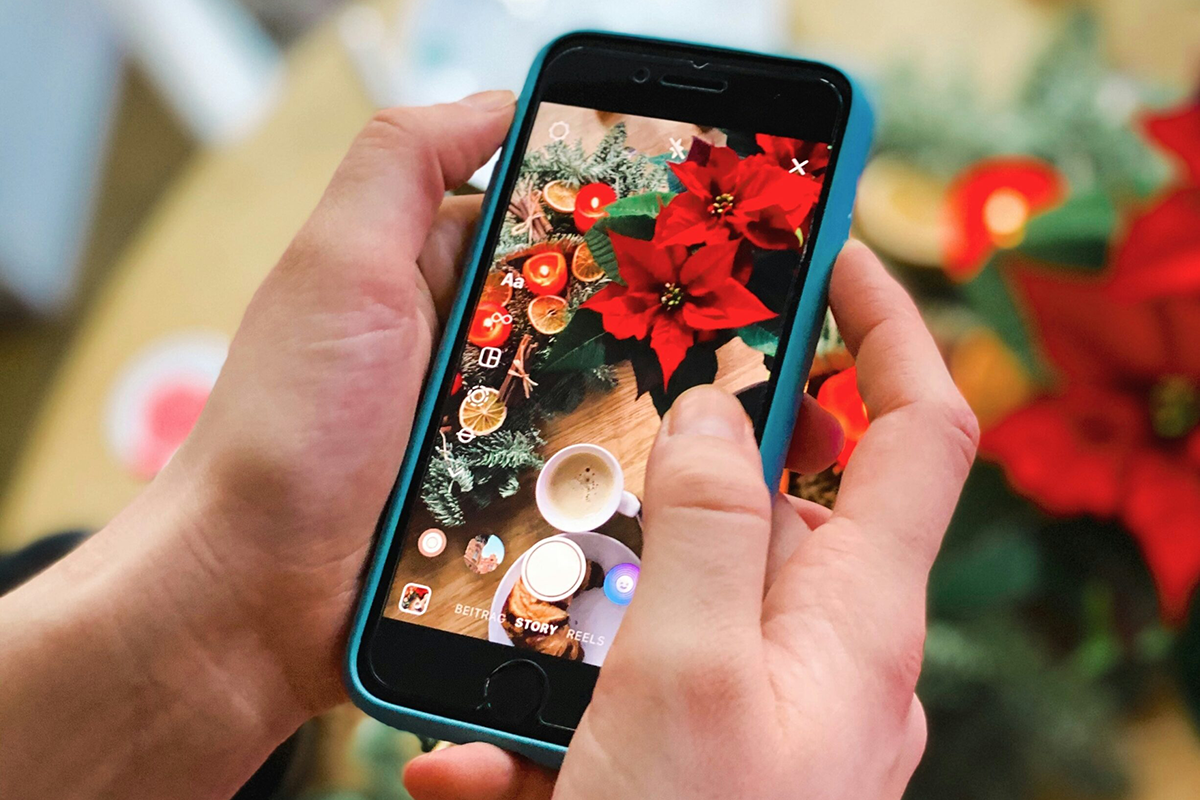Same Worries, New Screens
Scrolling short form content late into the night? You’re not alone. That sinking feeling of lost time isn’t unique to our era, it’s part of a repeating cycle of tech anxiety. From radio to TV to smartphones, every generation has wrestled with the balance between innovation and intrusion. Today’s question isn’t just about screen time; it’s about navigating platforms built for endless engagement. Looking back helps us understand how to move forward.
Media Panic Has a Long History
- TV in the 1950s-60s: Parents feared “couch potato” kids and broken family bonds.
- Radio & Rock and Roll: Moral panics over youth being “corrupted” by sound waves.
- Video Games in the 1980s-90s: Headlines warned of addiction, aggression, and wasted potential.
These anxieties are part of a longer tradition scholars call media resistance. Moments when new communication tools were framed as threats rather than aids (Syvertsen & Enli, 2020a). The language of “detox” and “addiction” reflects a deep cultural unease with how quickly technologies infiltrate private life and blur work-life boundaries.
TV vs. TikTok: Passive Watching vs. Algorithmic Pull
Television:
- Scheduled programming, one-way flow.
- Families gathered around a single screen.
- Tempting, but relatively easy to “turn off.”
Short-form digital content (algorithmic age):
- Infinite scrolling ensures no natural stopping point.
- Personalized feeds adapt to each user’s cravings.
- Social pressures (likes, comments, shares) add a layer of identity and validation.
This shift from passive viewing to hyper-personalized engagement has made the pull of technology stronger than ever and the anxiety around it sharper.
The Brain on Short-Form Content
Studies confirm that short video apps can:
- Erode attention spans: students report difficulty concentrating on sustained tasks (Feng et al., 2025).
- Elevate stress and anxiety: heavy use is linked to depression, poor sleep, and burnout.
- Undermine self-control: users describe “mindless immersion,” where hours disappear unnoticed (Vialle et al., 2023).
Compared to TV, today’s platforms are engineered not for scheduled entertainment but for continuous capture, and our brains struggle to resist.
Technology Balance in the Algorithmic Age
The answer isn’t total abstinence, it’s conscious boundaries and a cultural reframing of what balance means.
- Recognize design: Apps are built to maximize engagement. Awareness is step one.
- Set small rules: Try limiting TikTok to one 15-minute session a day. Even short breaks improve sleep and stress (Coyne & Woodruff, 2023).
- Diversify activities: Swap a scroll session for a walk, a book, or a chat with a friend.
- Practice digital dieting: Focus on intentional, “nutritional” use of technology, rather than extreme detoxes (Marx et al., 2025).
Just like TV didn’t destroy society, TikTok won’t either. But history teaches us this: unchecked tech creates anxiety; mindful use creates balance.
Key Takeaways
- Every generation faces tech anxiety: TV yesterday, TikTok/Instagram Reels/YouTube Shorts etc. today.
- What’s new: Algorithms and infinite scroll amplify old concerns.
- Our brains struggle with short-form feeds, leading to stress, poor focus, and dependency.
- The solution isn’t quitting, but balance: setting boundaries, diversifying habits, and reframing digital use.
References
- Feng, T., He, S., Wen, Z., & Gao, Y. (2025). Social media addiction, mental health, and academic burnout. Heliyon, 11(2), e41869.
- Harrison, E. (2022). Discourses from “digital detox” campers. New Formations, 106(4), 60–78.
- Lyons, D., Kiyak, C., Cetinkaya, D., Hodge, S., & McAlaney, J. (2022). Combating digital addiction and dissociative states. In 2022 IEEE ICEBE Conference Proceedings (pp. 204–209).
- Marx, J., Mirbabaie, M., & Turel, O. (2025). Digital detox: A framework for IS research. Information & Management, 62(2), 104068.
- Mirbabaie, M., Stieglitz, S., & Marx, J. (2022). Digital detox in business and information systems. Business & Information Systems Engineering, 64(2), 239–246.
- Nguyen, V. T. (2022). Personality traits and digital detox apps. Education and Information Technologies, 27(7), 9293–9316.
- Schmuck, D. (2020). The role of detox apps for smartphone overuse. Cyberpsychology, Behavior, and Social Networking, 23(8), 526–532.
- Suhud, U., Allan, M., Prihandono, D., & Monoarfa, T. (2023). Narcissism, self-esteem, and media addiction. Int. J. of Data & Network Science, 7(1), 73–82.
- Syvertsen, T., & Enli, G. (2020). Digital detox and the promise of authenticity. Convergence, 26(5–6), 1269–1283.
- Vialle, S. J., Machin, T., & Abel, S. (2023). Digital detox and the search for the ideal self. American Psychological Association PsycNet.
- Yaramış, D., & Ünal, R. (2024). Digital detox techniques for smartphone/social media addiction. Yeni Medya, 17(1), 55–67.
*Disclaimer: Offline Now offers educational coaching tips, not medical or therapeutic advice; please consult a qualified health professional for personal, clinical or health concerns.*




